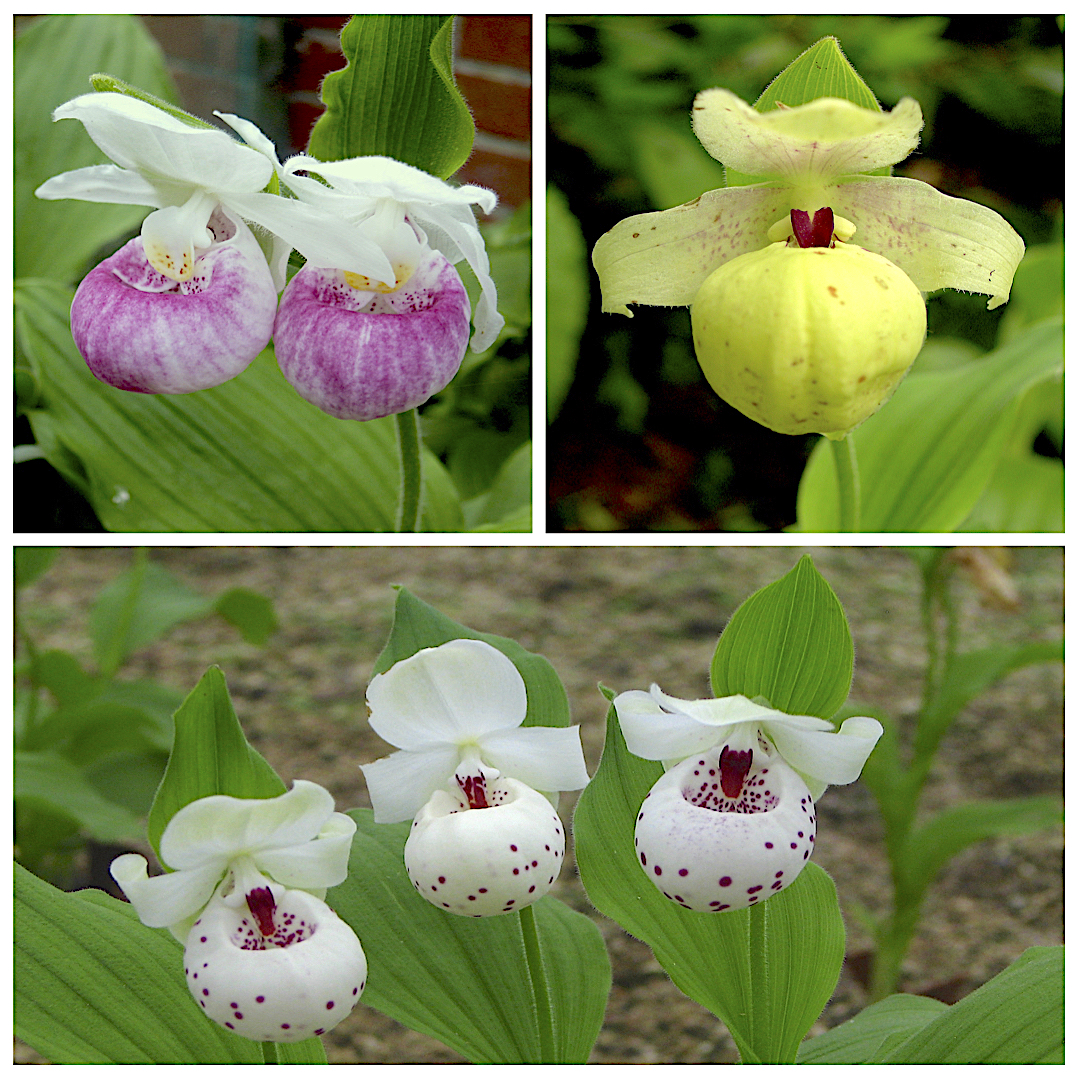Cart 0 Product Products (empty)
No products
Free shipping! Shipping
0,00 € Tax
0,00 € Total
Product successfully added to your shopping cart
Quantity
Total
There are 0 items in your cart. There is 1 item in your cart.
Total products
Total shipping Free shipping!
Tax 0,00 €
Total
Categories
New products
-

Orchis tridentata - Neotinea tridentata
Botanical rarities Orchids in this category are extremely rare...
28,21 € -

FAQ
Avez vous besoin d'aide ? Consultez notre page dédiée aux FAQ.
Cypripedium ‘Ulla Silkens’: A remarkable offspring
Published : 03/08/2017 09:38:33
Categories : Lady's Slipper , Novelties





